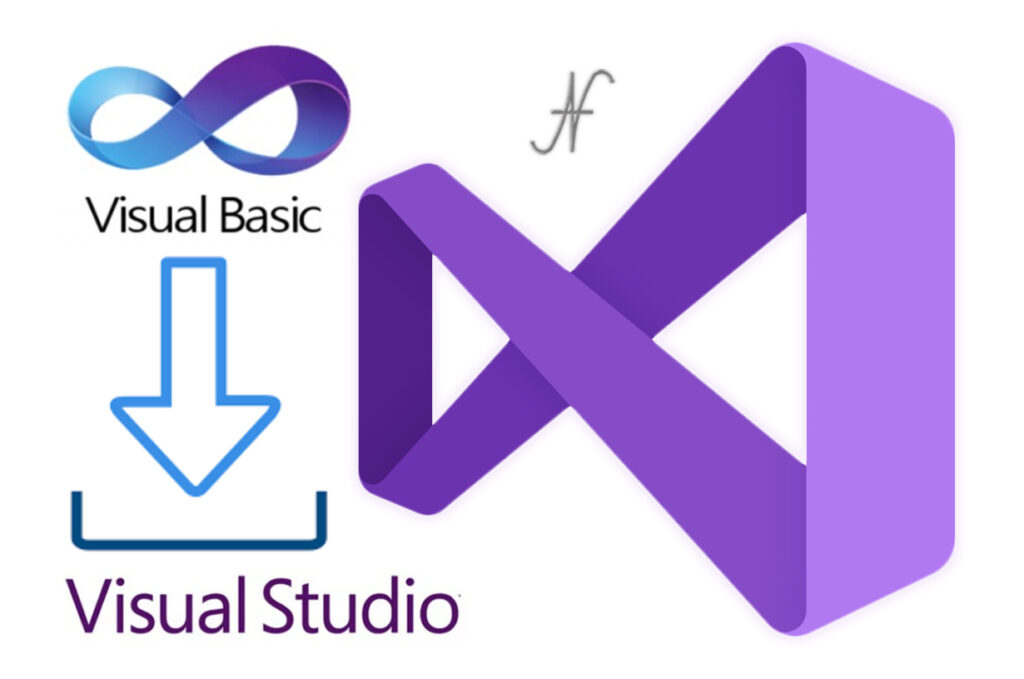
Free eBooks for Beginners
Visual Basic .NET (VB.NET) is a popular programming language that is used to create a wide range of applications. One important concept in programming is the idea of an “array.” An array is a collection of similar data items that are stored together in a single variable. For example, you might use an array to store a list of customer names, or a list of prices for different products.
In VB.NET, there are two main types of arrays: fixed-size arrays and dynamic arrays. A fixed-size array has a set number of elements that cannot be changed, while a dynamic array can have its size modified at any time.
When working with arrays in VB.NET, you can use a variety of built-in functions and methods to manipulate the data stored in the array. For example, you can use the “Length” property to find out how many elements are in an array, or the “Sort” method to order the elements in the array.
One thing to keep in mind when working with arrays is that they are indexed starting at zero, not one. This means that the first element in the array is at index 0, the second element is at index 1, and so on.
To create an array in VB.NET, you first need to decide what type of data will be stored in the array. For example, if you want to create an array of integers, you would use the “Integer” data type. Then, you can use the “Dim” keyword to declare the array and specify its size.
Once you have created an array, you can access its elements using the array name and the index of the element. You can also use a loop to iterate through all the elements of an array.
In conclusion, arrays are an important concept in programming and are widely used in VB.NET. They allow you to store and manipulate large amounts of data in a single variable. By understanding how to create and work with arrays, you can start building more complex programs and projects in VB.NET.
Cookbook – VisualBasic.NET for Beginners – Chapter 08 : Array
 Loading...
Loading...
Disclaimer: The information and code presented within this recipe/tutorial is only for educational and coaching purposes for beginners and developers. Anyone can practice and apply the recipe/tutorial presented here, but the reader is taking full responsibility for his/her actions. The author (content curator) of this recipe (code / program) has made every effort to ensure the accuracy of the information was correct at time of publication. The author (content curator) does not assume and hereby disclaims any liability to any party for any loss, damage, or disruption caused by errors or omissions, whether such errors or omissions result from accident, negligence, or any other cause. The information presented here could also be found in public knowledge domains.
Learn by Coding: v-Tutorials on Applied Machine Learning and Data Science for Beginners